It has been a while since the last report on East Anglia proper, but I have not been completely inactive. In September 2020 I completed the Norfolk Coast Path by walking the last two missing stretches: from Winterton to Great Yarmouth, following the footsteps of Robinson Crusoe, and from King’s Lynn to Hunstanton. Most of 2021 was then spent on the continent. Ever since starting this project in early 2019, I had wanted to continue walking the Suffolk Coast Path, in particular the route from Southwold to Aldeburgh. I put this off many times because, due to the lack of public transport in this area, one has to stay overnight, and accommodation tends to be pricy. Early January 2022, however, seemed an excellent time to finally go ahead with the plan.
After taking two trains and a bus I arrived in Southwold in the late afternoon. It was a rainy day and the light was already fading. The extended period of darkness had an upside: I could thoroughly enjoy the lighthouse in action. It is more widely known through beer and the movie Yesterday, in which a temporary global power outage coincides with everyone forgetting about the existence of the Beatles. There is one exception: the Lowestoft-based protagonist of the film still remembers their music, which comes in handy since he is a so-far unsuccessful songwriter. He is hit by a bus during the power outage, and in this scene the Southwold lighthouse is shown as the electricity comes back on.
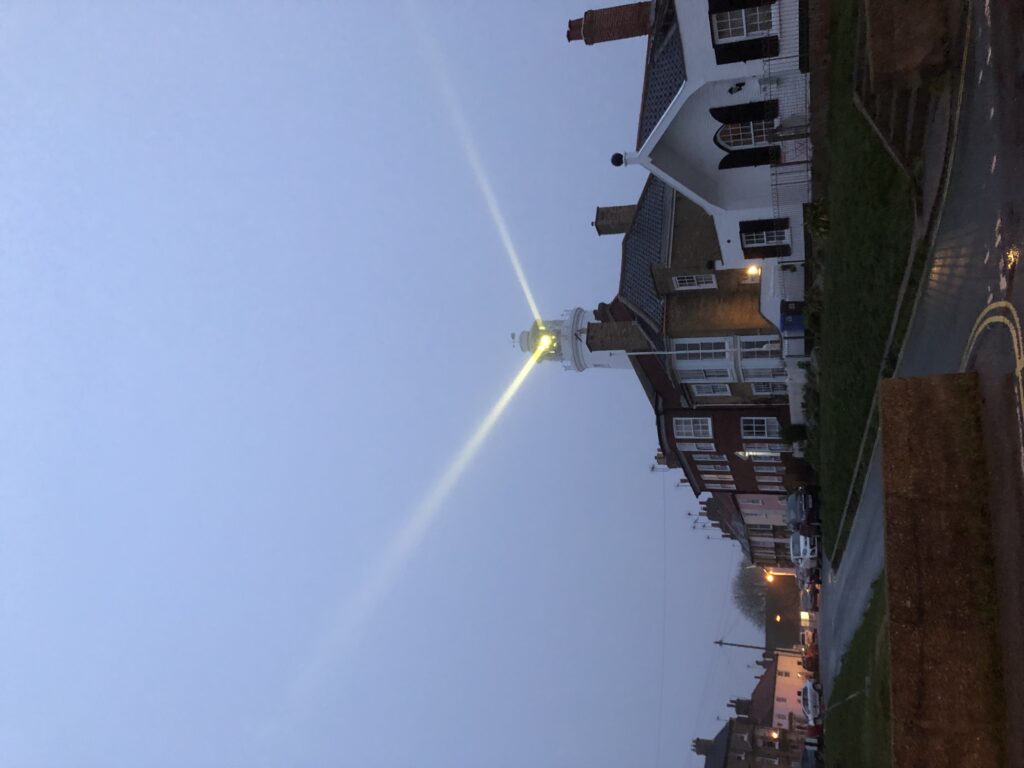
After walking along the beach in the dark for a while I started to look into dinner. Since this was the seaside fish and chips seemed the most sensible option. I got some and went to a pub to eat them with a drink. As it happened the only other guests at my hotel sat at an adjacent table, and they soon struck up a conversation. They were a couple from Bedford who shared my surname – which had led to confusion while checking in – and also knew Cambridge well. Eventually the question of what the best Cambridge pub is was brought up. This led to two other people joining the discussion, who were partly based in Cambridge and partly in Southwold. They had come to the pub to celebrate a major victory. After a protracted dispute that apparently lasted several years, one of them had finally been granted planning permission to build a greenhouse on the roof of his house.
Planning permission is a serious matter that can cause much frustration. A striking example is that of Fidler’s Castle. In the early 2000s, the farmer Robert Fidler wanted to build a Castle-like house on his land in Surrey, but was denied planning permission since the farm was on protected Greenbelt land. He tried to get around this obstacle by exploiting a loophole in the regulations. If a structure is built without planning permission and the local authority doesn’t object within four years, it is allowed to stay. Fidler thus built his castle and surrounded it with large haystacks so no one could see it. The haystacks were then removed after four years. But the local authorities were not impressed by Fidler’s creativity. They argued that hiding the castle made the four year period invalid. After a long legal dispute Fidler had to give in and the castle was demolished.
I had been lucky in selecting the date for the walk. The next day the weather had turned around and it was bright and sunny.
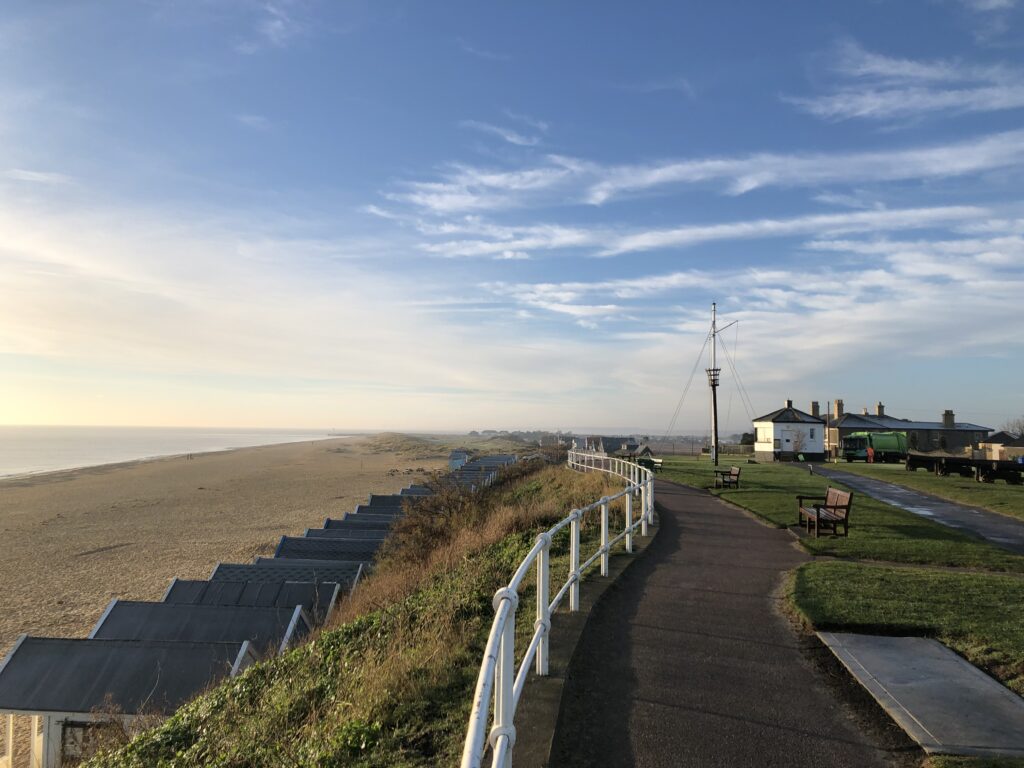
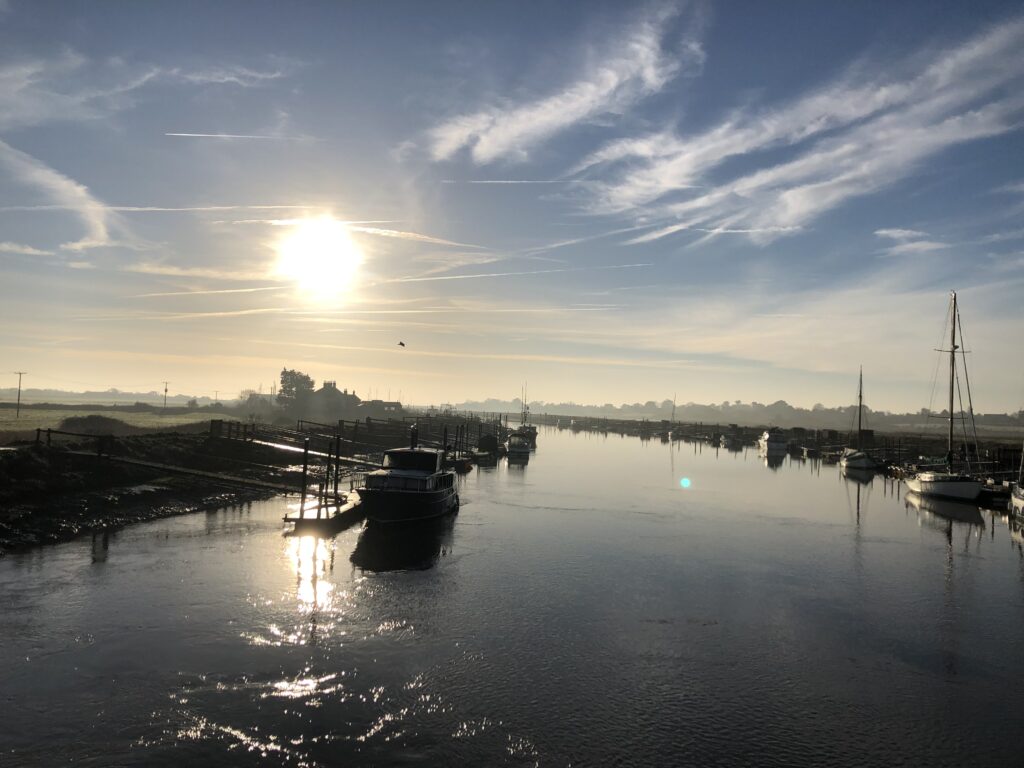
Like for many other people, my major source of inspiration for walking the Suffolk Coast had been W. G. Sebald’s The Rings of Saturn. In the book the walk is quite a gloomy affair. Robert Macfarlane, in the documentary Patience (After Sebald), reports that on his own attempt to retrace Sebald’s steps the weather was really nice as well. Consequently the experience was very different from that described in The Rings of Saturn. Too much sun is a good problem to have though, especially in January, and I therefore have no complaints.
I only recently learned that the cultural theorist Mark Fisher also wrote a number of pieces on East Anglia. An especially interesting one is this rare show of dissent against unreflective Sebald-fandom. One of Fisher’s criticism is that Sebald is insufficiently receptive to the Suffolk landscape, in the sense that he merely projects his own concerns into it and could have written the same book about any other area. Another criticism is that Sebald doesn’t engage with previous attempts to make literary sense of East Anglia. One key example of this omission are the stories of M. R. James.
James was a medievalist at King’s College, Cambridge, who also wrote ghost stories. Many of them feature somewhat absent-minded academics, and two of the most well-known ones – Oh, Whistle, and I’ll Come to You, My Lad and A Warning to the Curious – are set in Suffolk. I originally came across James’ stories when I went to Felixstowe for the first time, because it is the setting of Oh, Whistle. (Coincidentally, on a more recent visit, I saw one of the people from the pub in Southwold striding along the seafront). A Warning takes place in Aldeburgh, the destination of my current walk.
The protagonist of Oh, Whistle is a professor called Parkins, who, while on holiday, finds a whistle with a mysterious inscription. After blowing the whistle twice he starts to have disturbing dreams and feels like he is being followed. Things only get worse as time passes. One night he wakes up and sees the sheets of the second bed in his room moving around on their own. He is saved, so one can assume, by a concerned friend who enters the room. In the end the whistle is thrown into the sea.
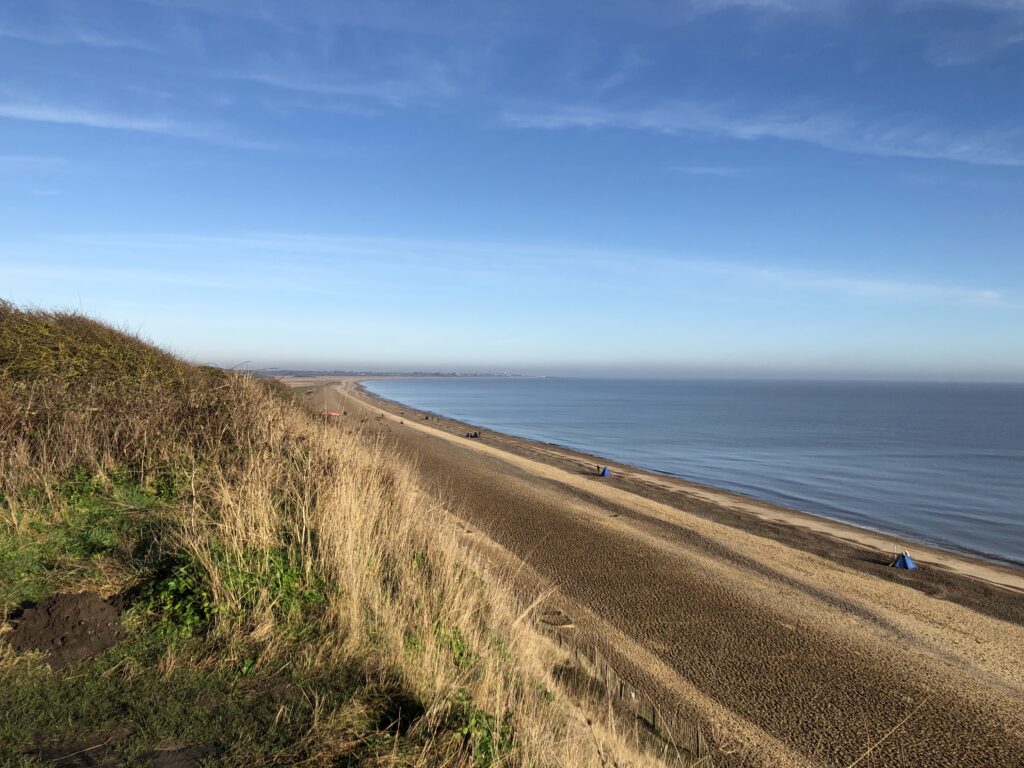
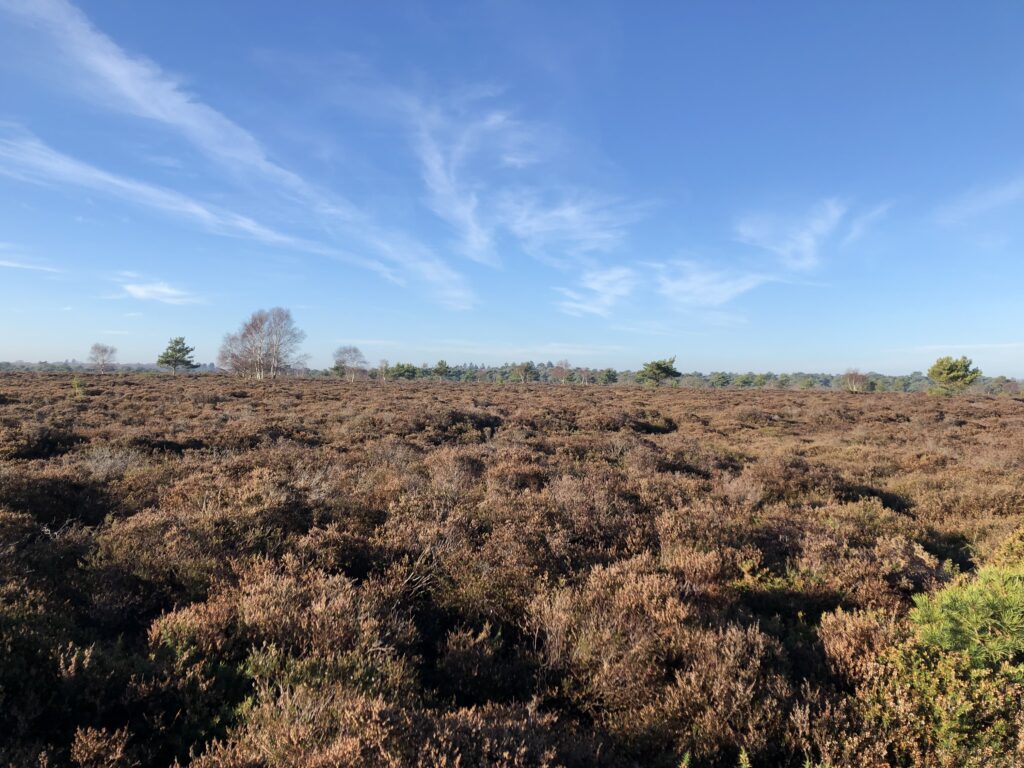
The BBC adapted this story, as well as A Warning, for television. In the TV version Parkins’ character is strikingly different from the story. James describers him as a young and confident professor of “Ontography”. In the adaption he is an older and extremely awkward professor of philosophy. Fisher’s last book, The Weird and the Eerie, contains an illuminating essay in which he calls the TV-Parkins a ”crumbling logical positivist”, who, “in the manner of A.J. Ayer, is wont to dismiss the concept of life after death as devoid of meaning”. There is something to this. During breakfast, another guest asks Parkins whether he believes in ghosts. Instead of giving a straight answer, Parkins worries that we do not really understand what believing in ghosts means, since it is not clear how their existence could be confirmed or disconfirmed. In this respect ghosts compares unfavourably with Australia.
A Whistle was adapted and directed by Jonathan Miller, who, as can also be seen from the Beyond the Fringe “Oxbridge Philosophy” sketch, was clearly well acquainted with the British philosophical scene of the 1950s. Parkins uses jargon such as “grammatical appearance of a real question”, “logical difference of usage”, and keeps asking whether “we would want to say” this or that in various imagined scenarios. In this respect Parkins’ breakfast thoughts on ghosts are more in line with the stereotypes associated with the ordinary language philosophers in the wake of Wittgenstein, however, rather than the logical positivists. The more salient comparison is J. L. Austin, not Ayer.
The latter was not as dismissive towards life after death as Fisher’s quote suggests anyway. Already in the early Language, Truth, and Logic, Ayer grants that there are ways to understand this idea on which the hypothesis that life continues after death is perfectly meaningful, even though probably false. And he revisited this topic very late in life, in response to a near-death experience caused by a piece of smoked salmon that “went down the wrong way“. For Ayer the biggest problem with ghosts concerns personal identity. He thinks that one cannot explain the identity of people over time without recourse to their bodies. Since ghosts have none, no such explanation is available. Does this consideration, if sound, show that ghosts are impossible? It seems so, provided that it is essential for a ghost to have once been a person. Creatures that interact with the world despite having no body, on the other hand, are not immediately excluded.
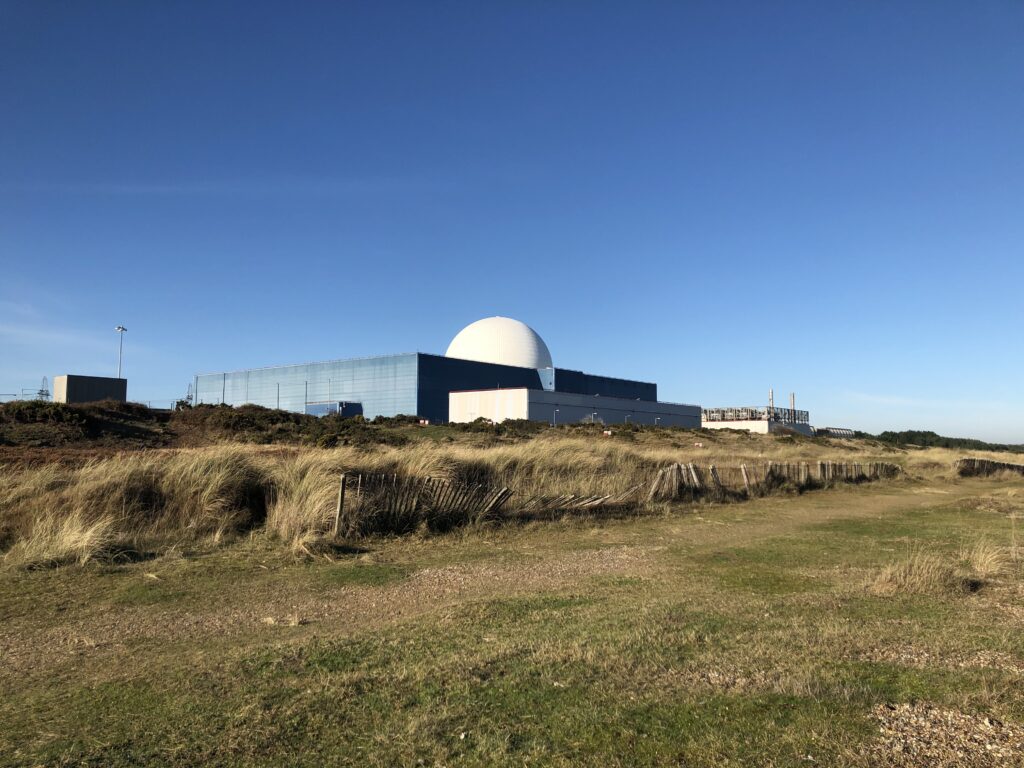
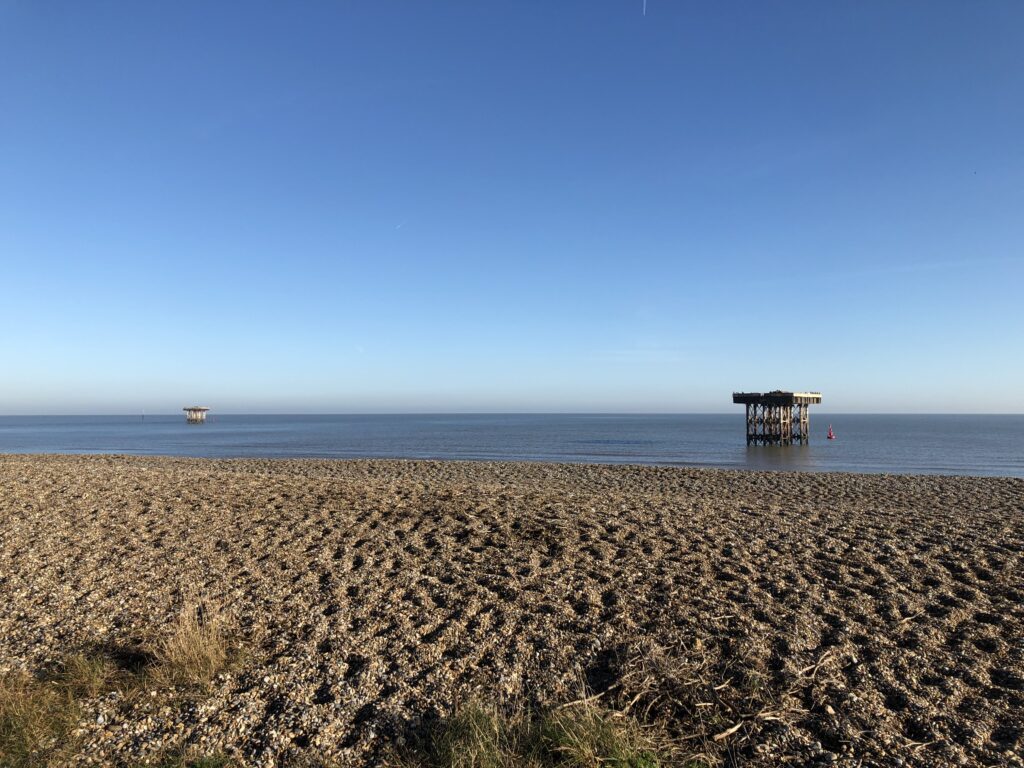
I arrived in Aldeburgh and watched the sun set. Since it was still the seaside fish and chips again seemed a sensible option for dinner, and I went to another pub to have them. This evening was more quiet than the last.
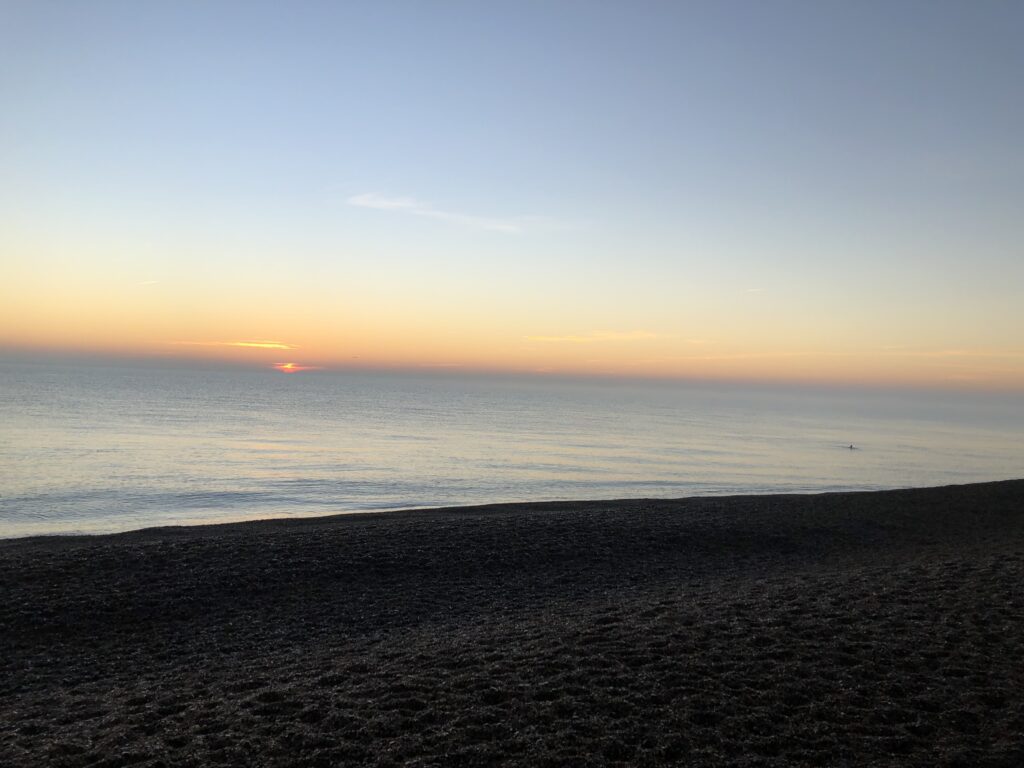
The east coast is the perfect place to watch the sun rise, and so I got up early to do this before breakfast. As I was watching an old lady cycled past me, stopped not too far away, and went for a swim in the sea. Within the next half hour three more old ladies came along and joined her, plus an additional one to watch the proceedings. The latter told me that they do this every day, and asked me whether I would join. I politely declined, citing my lack of bathing trousers.
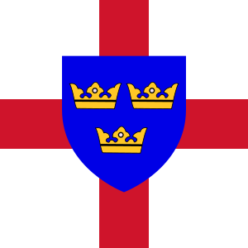

One thought on “Suffolk Coast (Part 3)”